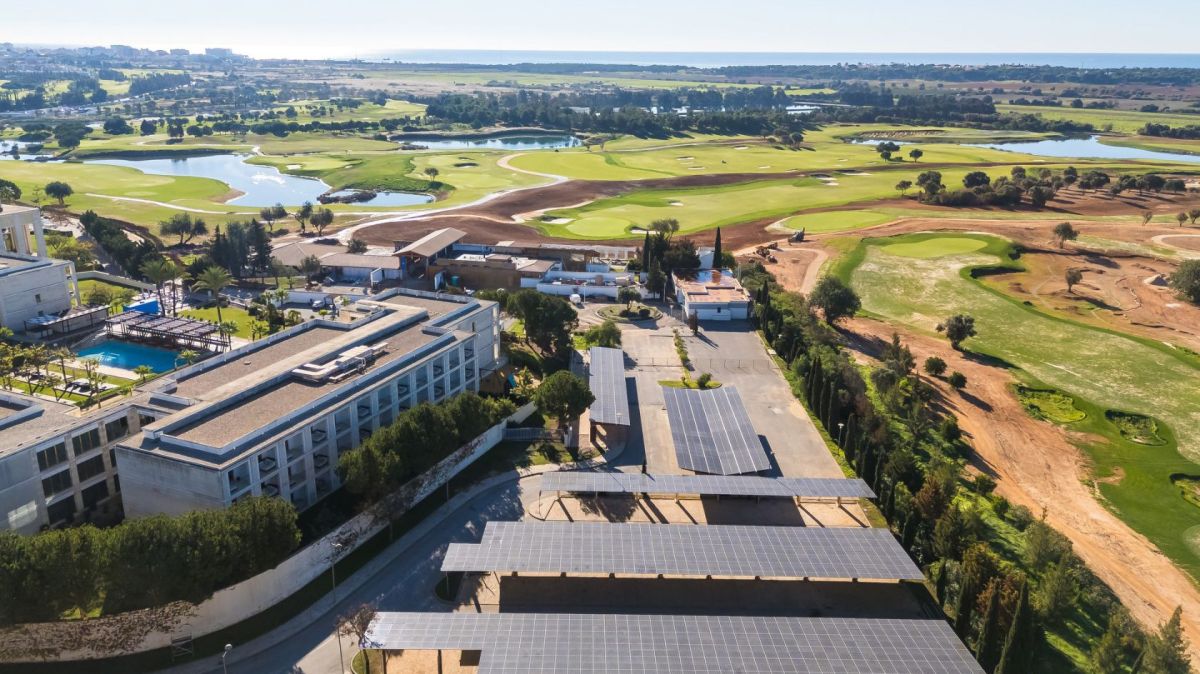The study by the Interdisciplinary Centre for Marine and Environmental Research (CIIMAR) and the Faculty of Engineering of the University of Porto (FEUP) made it possible to “transform a problem – coastal erosion off the coast of Esposende – into a multifunctional opportunity for the production of renewable marine energy and coastal protection, which can not only serve the local population, but also provide a starting point for other work off the Portuguese coast”.
In a statement, CIIMAR points out that, “by incorporating wave energy, Portugal could become virtually self-sufficient or even an exporter of electricity, fundamental milestones for national and European strategies for ‘green’ energy transition and autonomy”.
“This energy could also feed other users and niche markets, such as offshore aquaculture and desalination, both of which have high national potential.
According to CIIMAR, “contact with local communities and stakeholders will be key to a viable, approved and improved proposal, in order to ensure a solid solution that benefits all stakeholders, while simultaneously meeting energy needs and preserving the environment and landscape.
For Daniel Clemente, first author of the article, “in future stages, it will be important to further consolidate this challenging aspect with local communities and institutions, if there is interest in exploring the study proposal”.
Disruptive solutions
“If we can protect our coast and generate renewable energy at the same time, why not explore it? We need disruptive solutions for both issues, but without neglecting the minimization of potential conflicts with other uses of maritime space,” observes the researcher.
The location of the park was selected in order to minimise conflicts in the use of maritime space and promote both the generation of electricity for local use and the mitigation of the sea agitation regime off the coast of Esposende.
This area “has been responsible for accessibility problems to the Cávado River, as well as silting and erosion phenomena along the Ofir restinga [coastal barrier]”, describes the research center.
Francisco Taveira Pinto, leader of the Marine Energy and Hydraulic Structures group at CIIMAR, believes that “the study illustrates the importance of the multifunctionality of harnessing wave energy”.
Specifically, the proposal incorporated 150 units of the “bottom-fixed oscillating blade” typology.
“It is estimated that the two best-performing structures in this proposed wave energy park could produce up to 341,353 GWh/year or 316,351 GWh/year annually […]. If we consider that the average electricity consumption per capita in Esposende was around 3,215 kWh in 2022, the best configuration could meet the annual needs of more than 100,000 inhabitants”, they highlight.
As for the impact on coastal protection, “it was particularly noticeable in terms of wave height and inherent energy, with significant attenuation as the coastline approached”.
“Reductions in wave height were, in some cases, greater than 25%”, adds CIIMAR.
Called “Assessment of electricity production and coastal protection of a nearshore 500 MW wave farm in the north-western Portuguese coast”, the study was published in February in the international scientific journal Applied Energy by Elsevier.
















It looks like a Win / Win solution.
Go for it ASAP.
By Andrew Ralph Fawkes from Algarve on 26 May 2025, 11:26